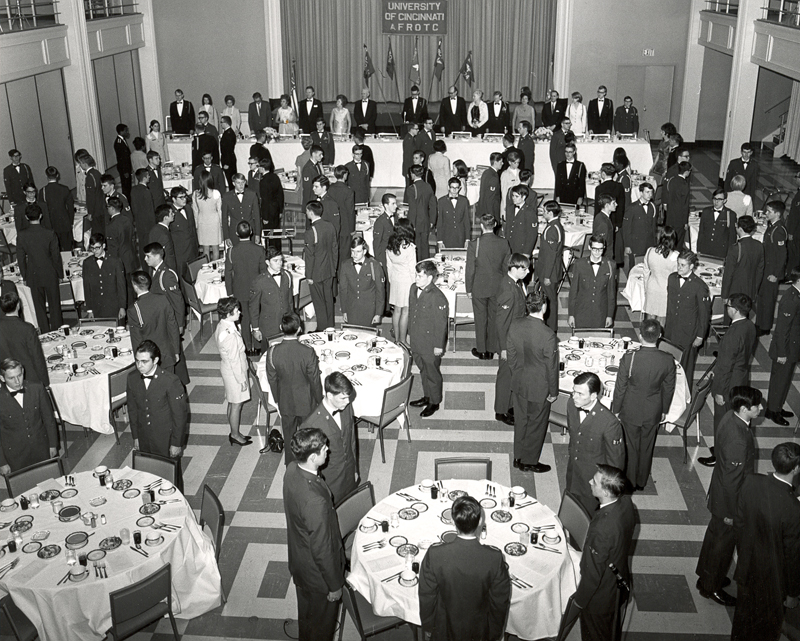
So, we can move on and see what happens in the TWO CIRCLE FIGHT, or the “rate fight”, looking at fig 4. If the pilot is able to get to these points, he/she would be exploiting the aircraft at its best, as needed in a dogfight.Īfter this brief warm up analysis, the reader should have understood some basic concepts of the dogfighting doctrine. The aircraft is in point C where the flight envelope line intersects the curve for “SEP=0” (Specific Excess Power): it doesn’t need extra power to maintain speed and altitude while turning at the minimum turn radius. However these conditions are only sustainable for a moment so if the pilot wants to stay close to the minimum turn rate he/she would have to follow the blue line (the dotted one or a similar one – what is important is that from B to C the values on the x and y axis are not to the left of the continuous line that represents the boundary of the flight envelope) after merge and reduce speed and turn rate: at a 150 kts /0.3M the turn rate is 10 deg/sec and the minimim turn radius is below 2,000 feet. In point B, the aircraft can maintain a 18 degree turn rate and achieve the minimum turn rate. Immediately after the merge, as we said, the pilot would start to turn with the purpose to achieve the minimum turn radius: in order to that he/she would pull Gs in the vertical, performing a maneuver to bring the aircraft at 300 kts/0.6 Mach: the pilot “aims” to reach point B of the chart, where the line that shows a minimum turning radius of 2,000 Ft is tangent to the line that represents the lower limit of the flight envelope of the aircraft. This would translate into a turning radius of 2,500 ft, a rate of 20 deg./sec and the ability to maneuver at 9G load factor (point A).

If you follow the red dotted line on the chart you can see that to get the best turn performance, the aircraft needs to reach the merge at around 430÷450 Kts/0.8 Mach. 3: F-16 Turn Performance chart (Image credit: TheAviationist) Now forget the points A-B-C-D-E because we are going to use the same to analyze the fight using, as an example, the F-16 turning performance tables below, where A, B, C would have a different meaning. At this point, the challenge is to achieve the best performance (minimun turning radius) quicker than the enemy and maneuver within the Red plane’s turning radius.Īs the fight develops (points C-D) the two aircraft will cross “nose to nose” in a maneuver called “flat scissors”: the aircraft that is capable of reaching first the smallest turning radius as well as the smallest forward movement will be able to obtain a shooting solution by pointing its nose at the other fighter (that in our case occurs at point E). So we also turn to the left (point C in the figures). We start a moderate abrupt pull-up maneuver to maintain the tally on the Red and we see him turning to our left. We have arrived at the merge head-on and the Red has now just flown to our six o’clock. Now let’s go back to beginning of the fight and imagine being inside the cockpit of the Blue jet. In addition, by setting a climbing maneuver at the time of the merge, the forward movement vector will also be reduced, thus increasing the chances of the pilot of finding hilmself/herself inside the turning radius of the defender. Having said that, the pilot will tend to develop the fight upwards to reduce the airspeed to a minimum and, as a consequence, to reduce the turning radius as shown in Fig.

This type of fight is decided by the pilot who wants to use the excellent turning radius characteristics of his/her aircraft against a Red that is not as good in turn radius. At this point a fighter pilot already has in mind the “Game Plan”: the intention to enter into the fight and perform a “single circle” fight.

Figure 1: One Circle Fight.Įverything starts with the “Blue” jet flying towards the “Red” in a neutral scenario (point A). In this type of aerial engagement, both fighters fight on a “single circle” and tend to cross their tracks as shown in Fig.
Air combat maneuvers tv#
For this reason, although they have much evolved with the introduction of technological aids such as the HMD (Helmet Mounted Display) or aerodynamic aids such as TV (Thrust Vectoring), fighters pilots are still taught these basic concepts in their IFF (Introduction to Fighter Fundamentals) training. These represent two fundamental concepts of the doctrine that has reigned since the birth of aviation and that remain valid today.

Two great pillars have always been at the base of dogfights: the ONE CIRCLE FIGHT, also called “radius fight” or “nose to nose fight” and the TWO CIRLCE FIGHT, also called “rate fight” or “nose to tail fight”.


 0 kommentar(er)
0 kommentar(er)
